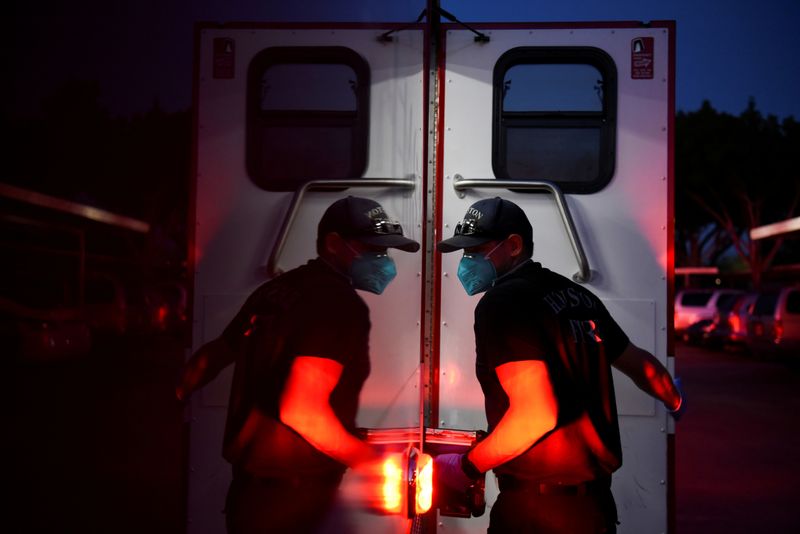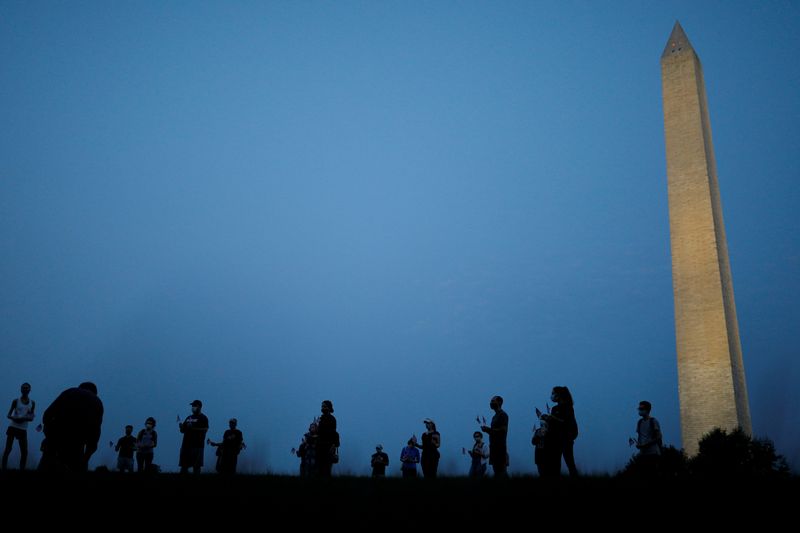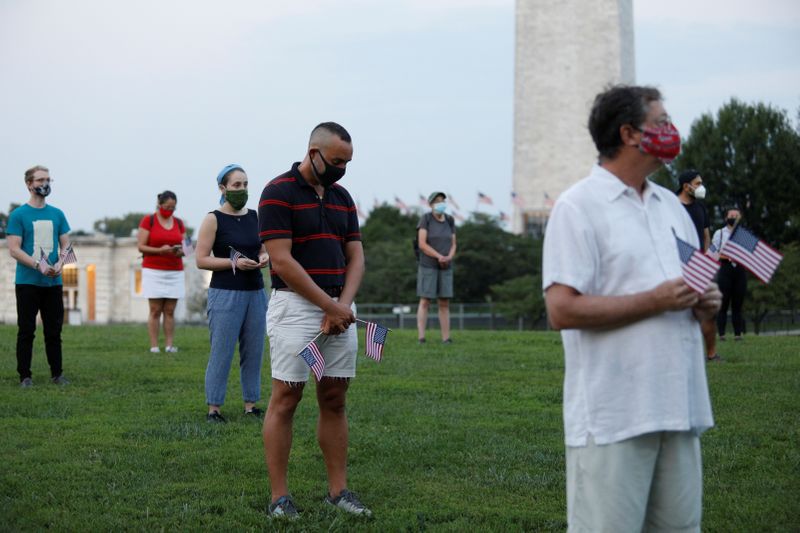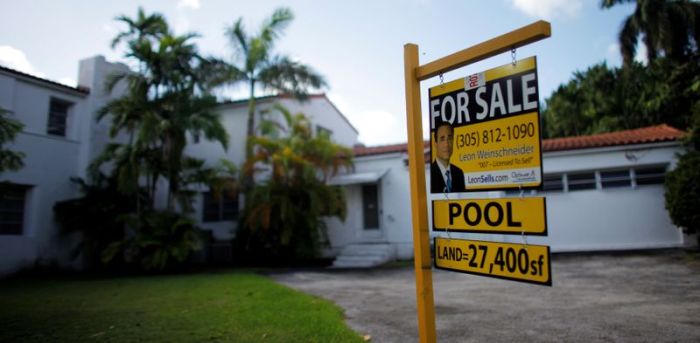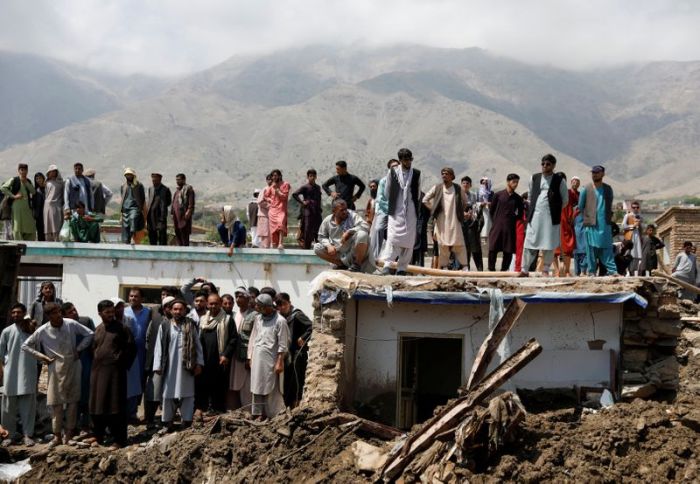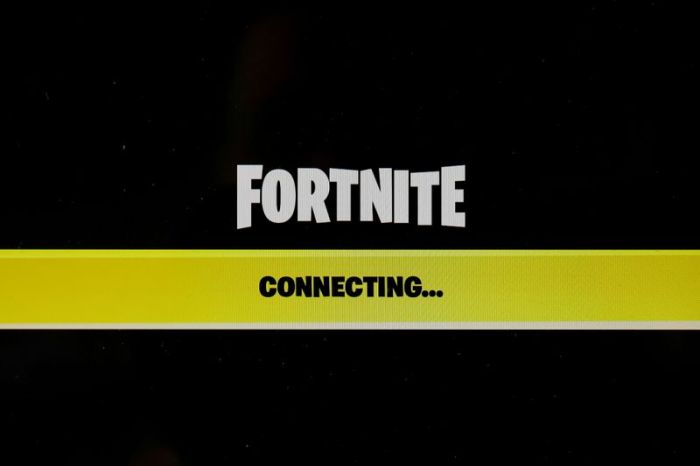(Reuters) – Several U.S. Midwest states reported record one-day increases in the number of new coronavirus cases on Thursday as nationwide deaths from the virus topped 180,000 and officials braced for the possibility of another surge with school openings.
Meanwhile, the governors of several states said they would not reduce testing as recommended the U.S. Centers for Disease Control and Prevention, a change many health officials say was based on political pressure and not science.
Iowa, Minnesota, North Dakota and South Dakota all recorded on Thursday the biggest one-day increases in new infections since the pandemic started.
Nationally, metrics on new cases, deaths, hospitalizations and test positivity rates are all declining but there are emerging hotspots in the Midwest.
North Dakota, where cases rose 30% last week, reported a record 333 new cases on Thursday. Neighboring South Dakota, where cases rose 50% last week, reported a record 623 new infections.
Infections have been rising since an annual motorcycle rally in Sturgis, South Dakota drew more than 365,000 people from all over the country from Aug. 7 to 16. The South Dakota health department said 40 cases have been traced to the Sturgis rally.
Iowa reported 1,288 new cases on Thursday after seeing infections rise nearly 7% last week. Minnesota reported 1,154 new cases and saw its new cases rise 4% last week, according to a Reuters analysis. Cases are also rising in Illinois.
Minnesota’s health department said 265 of the new cases were due to delayed test results from one lab and the backlog would affect future reports as well.
Health experts have warned there could be another surge in cases across the United States as schools reopen and colder weather forces more gatherings indoors.
This week, the U.S. Centers for Disease Control and Prevention (CDC) said people exposed to COVID-19 but not symptomatic may not need to be tested.
That contradicted earlier guidance from the CDC, shocking doctors and politicians and prompting accusations that it may have been based not on sound science but on political pressure from the administration of President Donald Trump.
California, Connecticut, Florida, Texas, New Jersey and New York all plan continue to test asymptomatic people who have been exposed to COVID-19.
The governors of New York, New Jersey and Connecticut slammed the CDC’s move as “reckless” and “not based on science,” and said they would not change testing guidelines in their states.
The CDC and Department of Health “have not shared their scientific rationale for this change in policy, which substitutes sound science-based public health guidance with the president’s misinformation,” they said in a joint statement.
“This type of robust testing by our states has been a key factor in our success so far to flatten the curve in the tristate area.”
On Wednesday, the top U.S. government infectious disease expert, Anthony Fauci, told CNN he was having surgery during discussion of the change and expressed worry about the CDC’s move.
The World Health Organization said, resources permitting, people exposed to the novel coronavirus should continue to get tested even if they do not show immediate symptoms of infection.
U.S. confirmed cases are now over 5.8 million – the highest total in the world. The U.S. death toll is also the world’s highest.
On a per capita basis, the United States ranks 12th in the world for the number of deaths, with 54 deaths per 100,000 people, and tenth in the world for cases, with 1,774 cases per 100,000 residents, according to a Reuters analysis.
(Open https://tmsnrt.rs/2WTOZDR in an external browser for a Reuters interactive graphic)
(Reporting by Lisa Shumaker in Chicago and Maria Caspani in New York; Editing by Rosalba O’Brien and David Gregorio)

